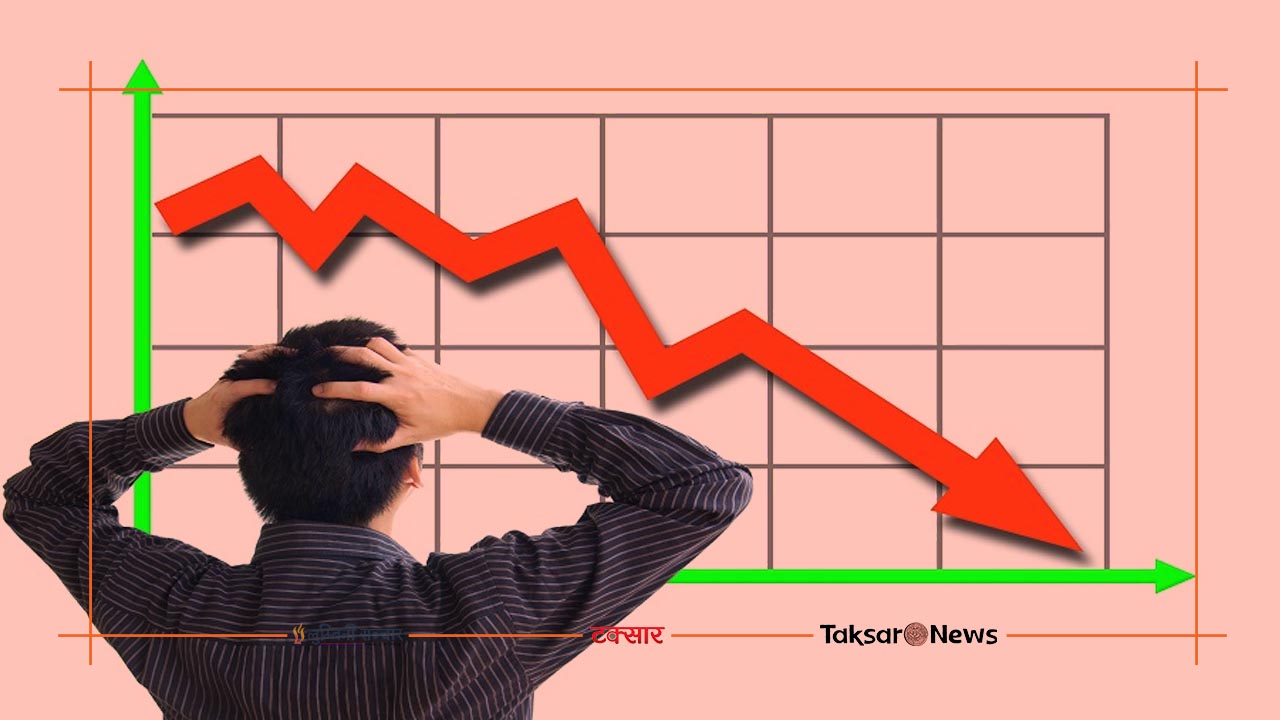Kathmandu — After remaining closed for a week due to the Genji movement on September 8 and 9, Nepal’s stock market finally reopened today. While investors initially breathed a sigh of relief, the market quickly faced turbulence.
Within minutes of trading, the benchmark NEPSE index plunged by 4%, triggering a “market halt.” Despite attempts to stabilize, trading halted twice more, before ending the day with a steep 6% drop. By closing, NEPSE had shed 160 points, settling at 2,511.91.
Market experts note that such a scenario is not unique to Nepal. Globally, financial markets often react negatively in the immediate aftermath of political unrest or uprisings. Analysts describe this as a “natural correction” phase.
In its official notice, NEPSE clarified that the reopening was carried out under the directive of the Securities Board of Nepal, even though it was not fully prepared.
Investor confidence, already shaken by damages to administrative and business centers during the Genji movement, was further tested. “Investors are facing both technical and psychological challenges. Today’s sharp fall reflects this reality,” said investor Chotelal Rauniyar.
Regulators, however, maintain a different perspective. A prolonged shutdown, they argue, could have weakened confidence even more. While short-term losses are evident, reopening is considered beneficial for long-term stability.
Nepal’s capital market plays a vital role beyond investor gains and losses—it influences bank interest rates, government tax revenues, and overall economic activity. Many investors had been unable to liquidate assets during the closure. With Dashain approaching, today’s reopening is expected to ease liquidity pressures.
Analysts had already anticipated a drop of over 100 points upon reopening, given the unrest. Today’s 160-point decline, they argue, should therefore be viewed as normal. “After unrest, markets usually suffer initial shocks. But these are corrections, not permanent collapses. Confidence tends to return gradually,” one analyst explained.
International patterns support this outlook: markets typically dip immediately after instability but recover within weeks, sometimes reaching new highs.
By reopening today, rather than Sunday, experts suggest that the correction process has already begun, allowing liquidity to flow ahead of the festival season. “Despite short-term volatility, the market is likely to recover in the medium to long term. After Dashain, investor sentiment should strengthen,” Rauniyar added.
The first day of trading after the Genji movement ended with visible disappointment on investors’ faces. Yet, global experience indicates such shocks are temporary, and the resumption of trading itself is seen as a positive sign for Nepal’s economy.


